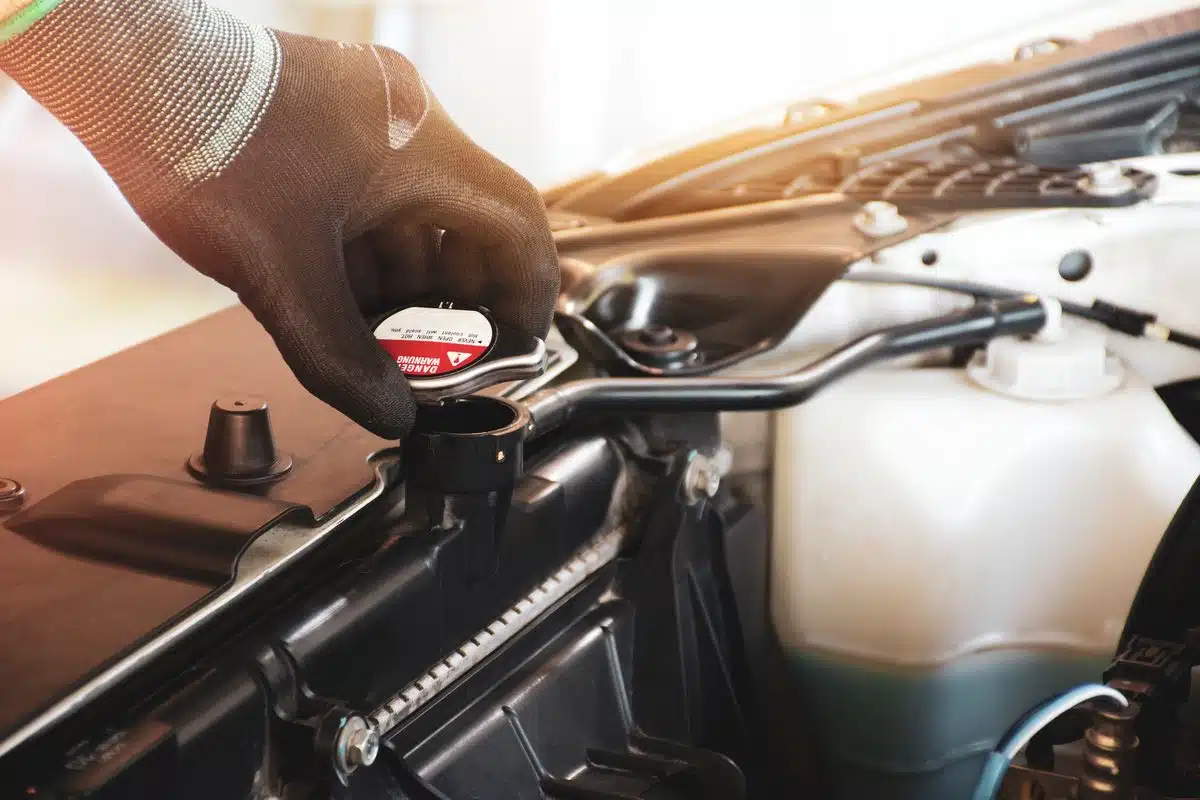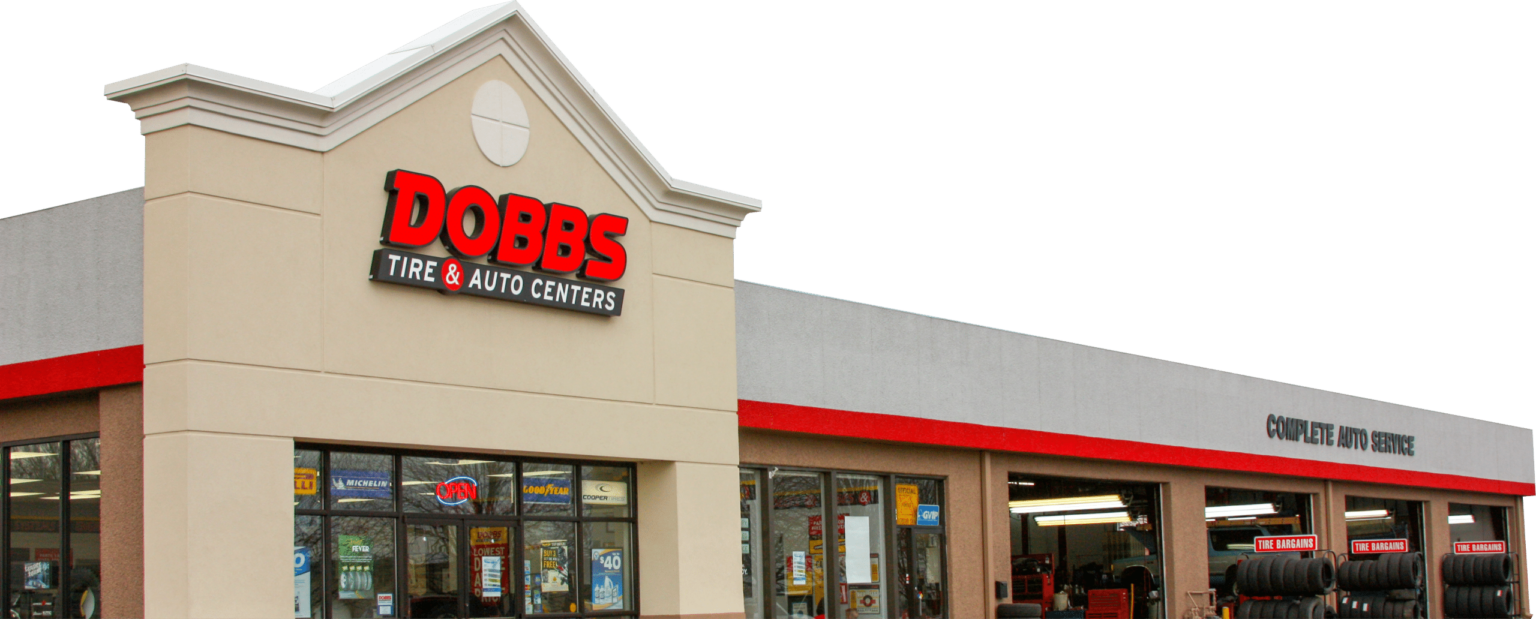3 Common Bad Radiator Cap Symptoms
A radiator cap seals the car radiator and prevents the coolant from leaking out of the system. The cap also pressurizes the cooling system, which raises the boiling point of the coolant and prevents overheating. A faulty cap radiator causes issues in a vehicle’s cooling system which may lead to engine failure. But how do you know when to replace or repair a bad radiator cap? Check out these three typical signs of a bad radiator cap.

1. Coolant Leak
One of the main functions of the cap radiator is to ensure that the coolant remains inside the engine cooling system. Therefore, a coolant leak or the presence of white streaks around the radiator and radiator cap may indicate something wrong with the cap. A coolant leak usually occurs if the cap is not efficiently releasing pressure from the cooling system or if the cap is worn out.
2. Collapsed Radiator Hose
If you notice a collapsed radiator hose, you may have a faulty radiator cap. A bad radiator cap causes pressure fluctuations in the cooling system after turning off the engine. A radiator hose may collapse, tear, or wrap if the pressure inside is lower than the atmospheric pressure. A collapsed radiator hose is easy to identify as it is weak and feels spongy.
3. Overheating Engine
Most issues associated with a bad radiator cap cause the engine to overheat. A faulty radiator cap causes inadequate coolant circulation in the cooling system, resulting in poor heating and cooling. Signs of an overheating engine include a rise in the temperature gauge on your dashboard and the production of smoke, steam, or even burning in extreme cases.
Don’t let your bad car radiator leave you stranded or damage your vehicle engine. At Complete Custom Automotive, we offer engine repair and heating/cooling services to help keep your vehicle in excellent repair. For more information about our auto repair services, or to schedule an appointment at one of our locations, contact us today!

